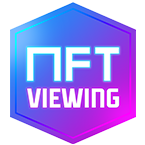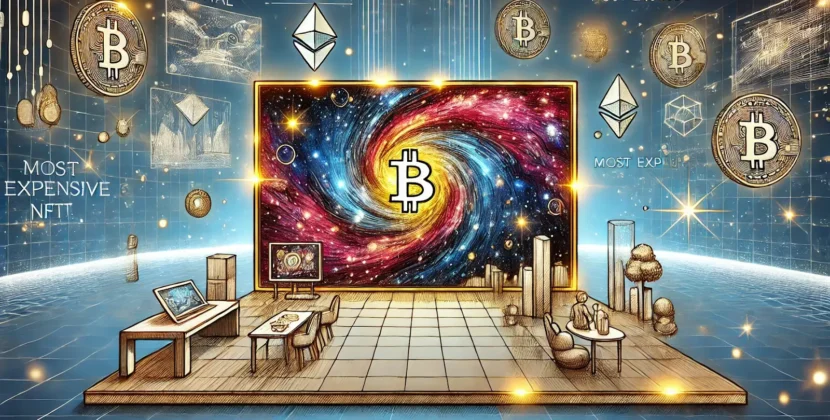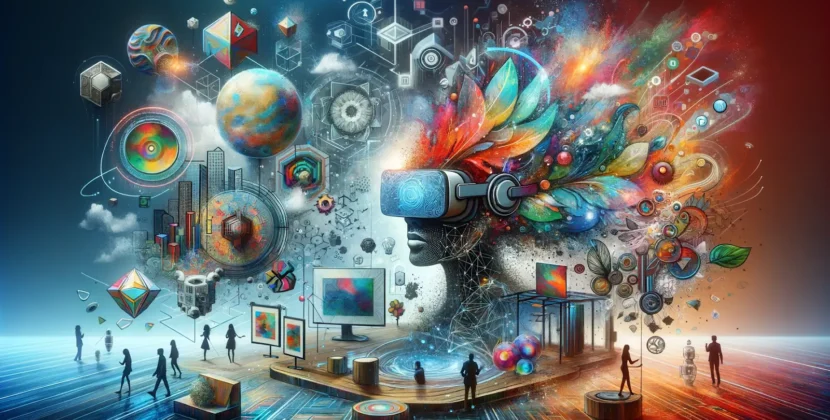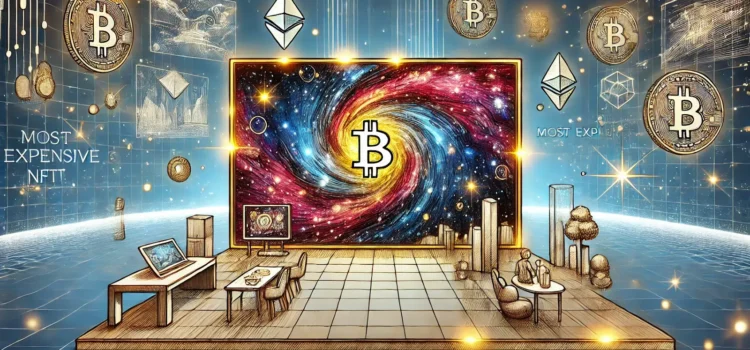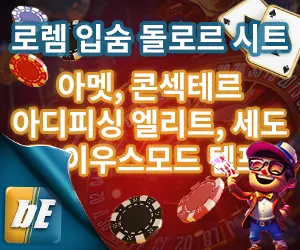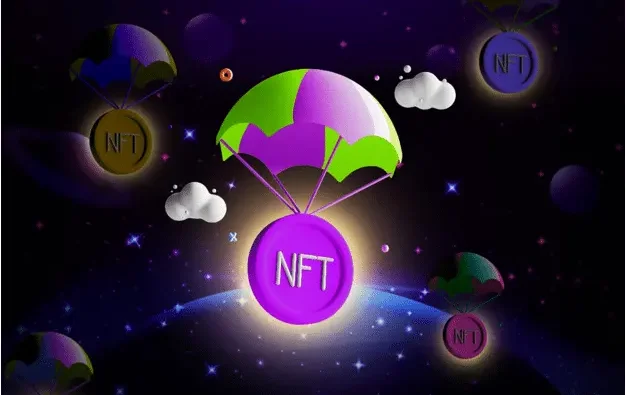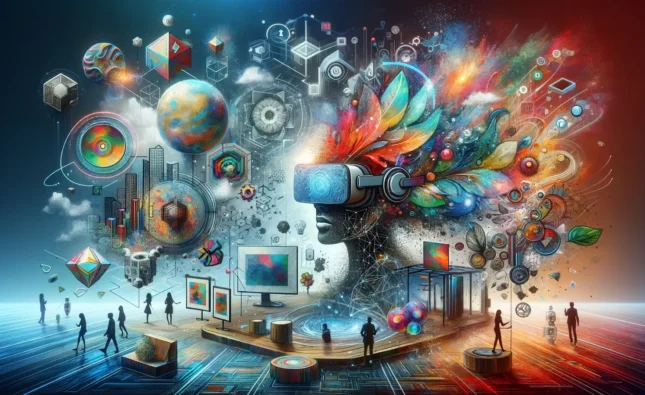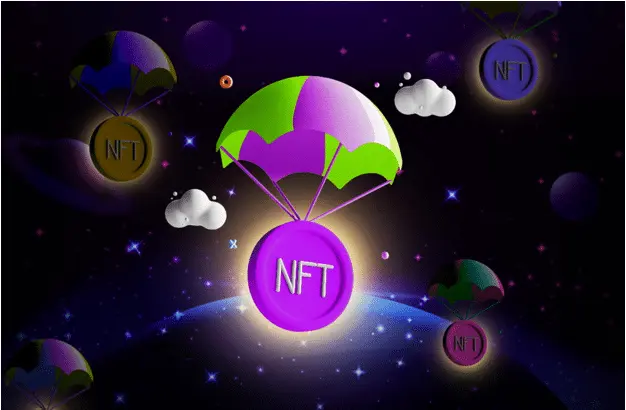
공유하다:
Just months ago, 20-year-old digital artist Jazmine Boykins was sharing her work for free on social media, hoping for recognition and income to support her art. Boykins’ dreamy depictions of Black life garnered likes, shares, and admiration but offered limited financial reward. Now, thanks to the rapid rise of non-fungible tokens (NFTs), she has earned over $60,000 from her artwork. This shift is emblematic of a broader revolution in how art is valued and traded in the digital age.
NFTs: The Basics
NFTs are unique digital tokens linked to assets, providing proof of ownership and authenticity. Unlike cryptocurrencies like Bitcoin—which are fungible and interchangeable—NFTs are unique and often tied to digital art, videos, or music. They are built on blockchain technology, offering a tamper-proof ledger of transactions. Artists mint NFTs on platforms like Ethereum, paying fees to validate and upload their work. Once minted, NFTs can be auctioned off on marketplaces such as OpenSea or Nifty Gateway.
A Booming Market
NFTs have seen unprecedented growth, with over $200 million spent on NFT-based art, memes, and GIFs in a single month—nearly matching the total sales of $250 million for all of 2020. This boom reached a peak in March 2021 when digital artist Beeple (Mike Winkelmann) sold Everydays: The First 5000 Days for a record-breaking $69 million at Christie’s, making it the third-highest sale price for a living artist.
Why NFTs Matter
NFTs address a long-standing challenge for digital artists: creating financial value for art that can be freely shared online. The concept of scarcity, foundational to the NFT market, appeals to collectors who desire authentic and original pieces, much like physical art or collectibles. This scarcity is transforming digital art into a lucrative investment, empowering artists like Shaylin Wallace, who sees NFTs as a platform to legitimize the labor-intensive nature of her craft.
The influence of NFTs extends beyond traditional art. NBA Top Shot, an NFT-based platform for trading basketball highlights, has generated over $390 million in sales. Celebrities and creators are also joining the movement: musician Kings of Leon earned over $2 million from NFT album sales, and Twitter founder Jack Dorsey auctioned his first-ever tweet for $2.5 million.
For technology advocates, NFTs represent the broader potential of blockchain innovation. From healthcare to finance, blockchain is being tested for transparency and efficiency. For instance, blockchain applications are being explored to secure medical data, combat insurance fraud, and streamline voting processes.
Challenges and Criticism
Despite their promise, NFTs face challenges. The cost of minting and selling NFTs can exclude less privileged artists, particularly those from marginalized backgrounds. Environmental concerns are also pressing, as blockchain operations require vast energy resources, often fueled by non-renewable energy. Legal ambiguities around copyright further complicate the ecosystem, with some creators having their work stolen and sold as NFTs without permission.
A Paradigm Shift
The NFT revolution is not just an art world phenomenon but a broader cultural shift. Communities of digital artists are forming tight-knit networks, echoing historical artistic movements where collaboration spurred innovation. Moreover, new models like fractional ownership and perpetual royalties are being explored, ensuring creators benefit from the secondary sales of their work.
While detractors warn of a speculative bubble, NFT advocates see a future where digital ownership reshapes consumer culture, art, and beyond. This moment in the spotlight marks the beginning of a transformation, offering creators a new way to thrive and redefining how we value creativity in the digital age.
